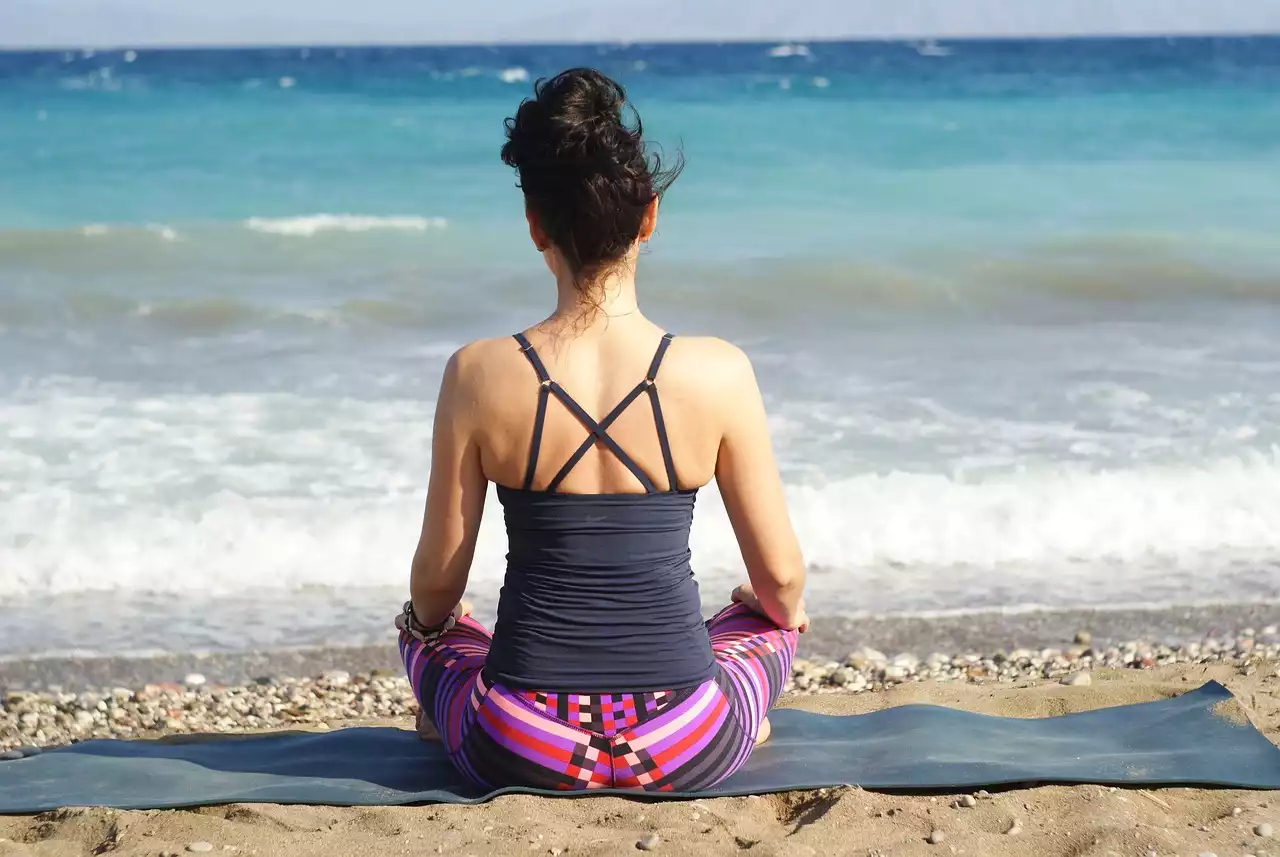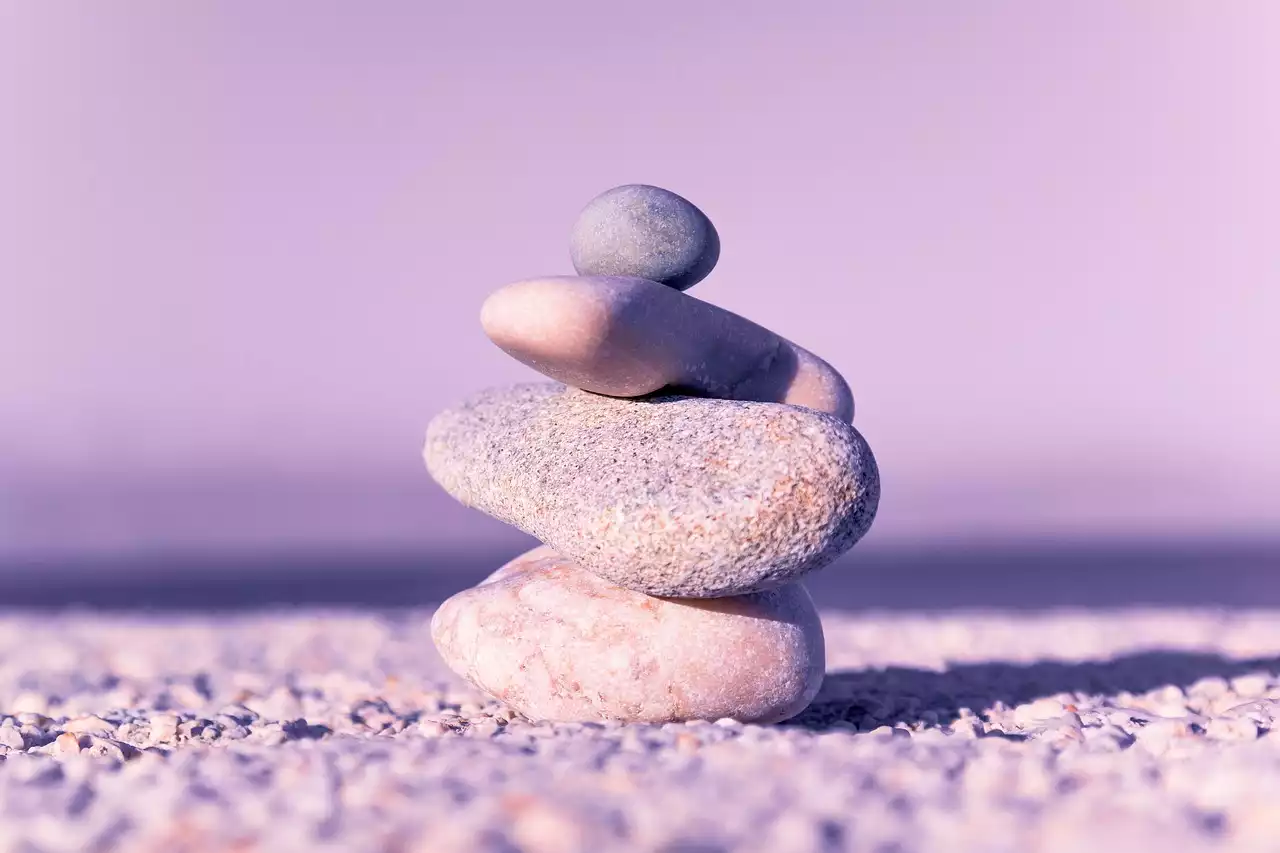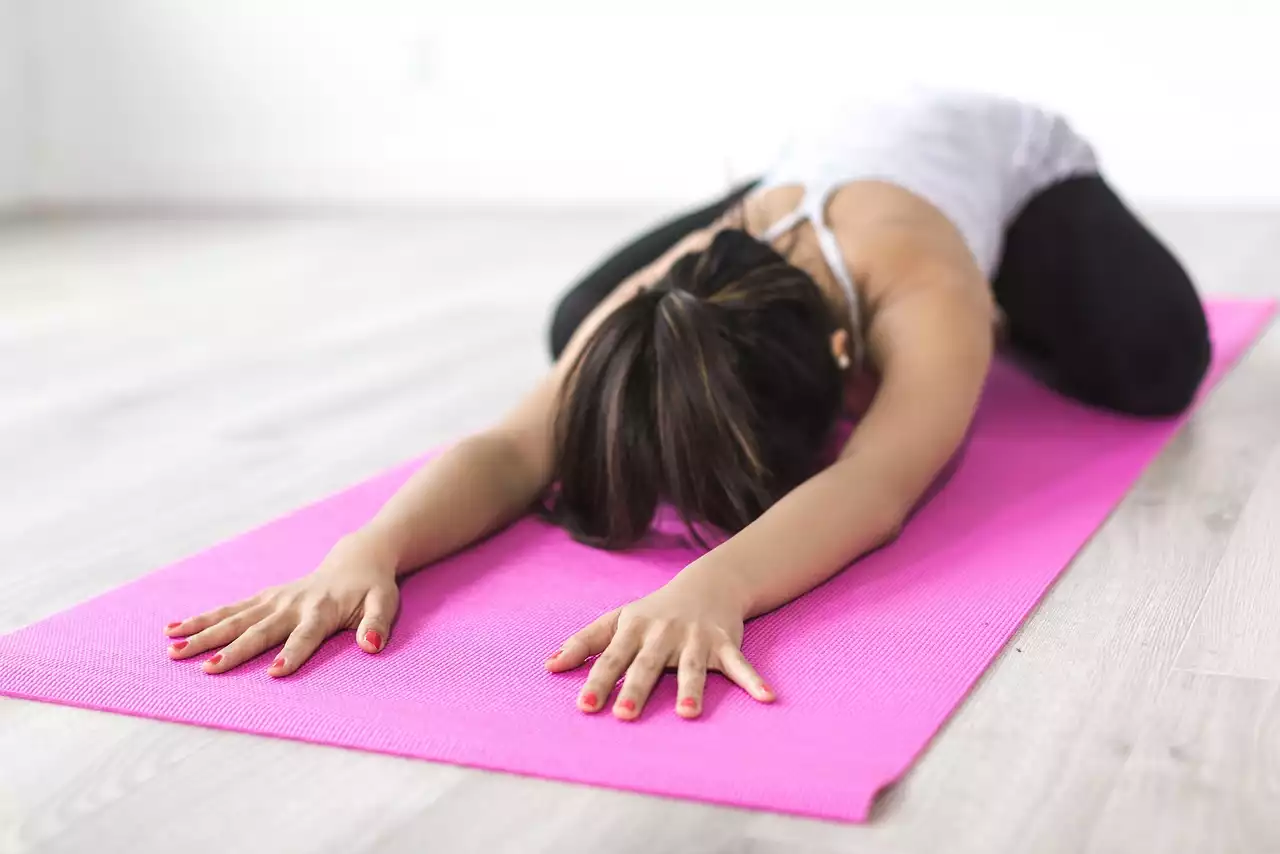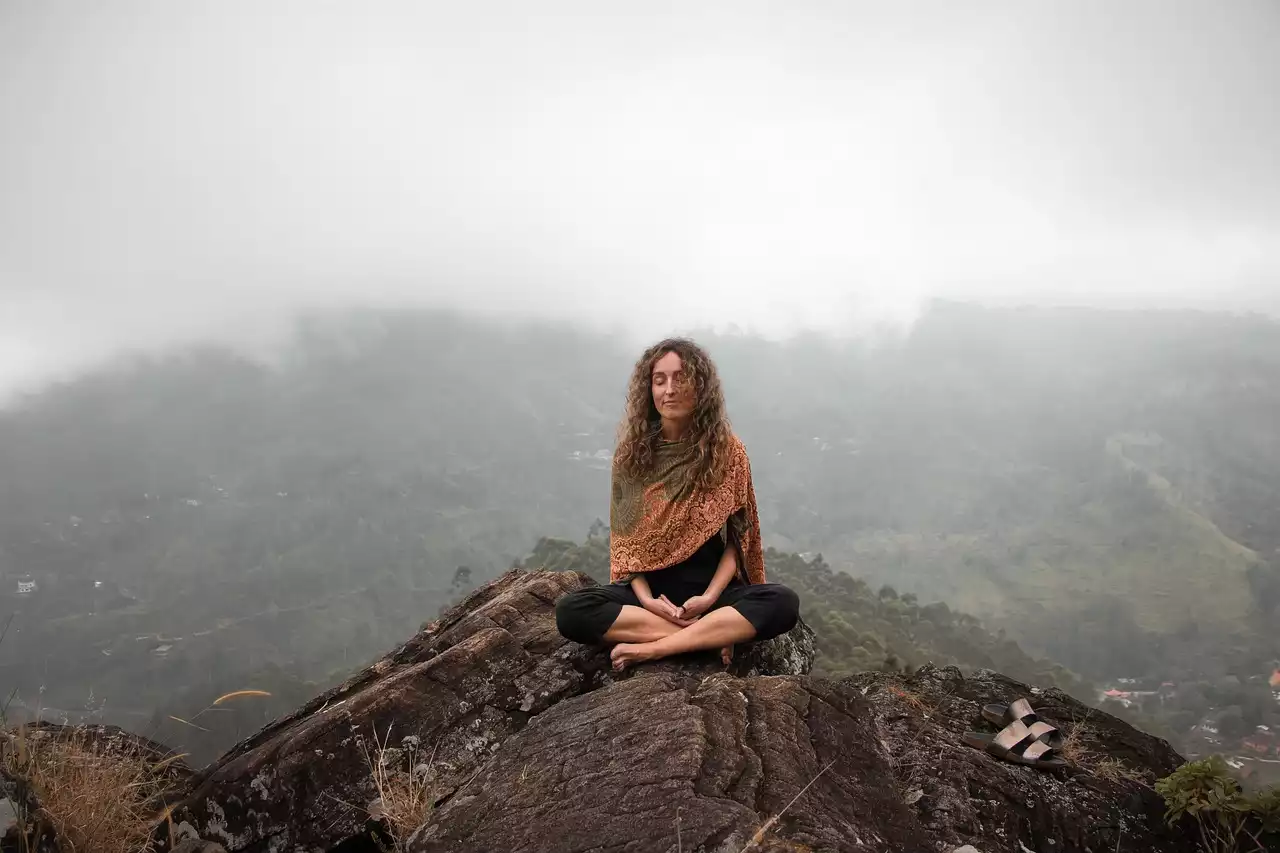Benefits of Meditation
Meditation has numerous benefits, and research has shown that it can help to reduce stress, anxiety, and depression. It can also help to improve focus, memory, and cognitive function. In addition, meditation can improve sleep, reduce blood pressure, and strengthen the immune system.
One of the most significant benefits of meditation is its ability to reduce stress. When we meditate, we activate the relaxation response, which helps to reduce the levels of cortisol, a hormone associated with stress. Meditation can also help to improve our emotional well-being by increasing feelings of happiness and reducing negative emotions such as anger, anxiety, and depression.
Meditation can also help us to become more mindful, which means being fully present in the moment without judgment. By practicing mindfulness, we can learn to observe our thoughts and emotions without getting caught up in them. This can help us to become more self-aware and improve our relationships with others.
Different Types of Meditation Techniques
There are many different types of meditation techniques, each with its own benefits. Some of the most popular techniques include:
Mindfulness Meditation
Mindfulness meditation is one of the most widely practiced forms of meditation. It involves paying attention to the present moment without judgment. This can be done by focusing on the breath, body sensations, or sounds in the environment. Mindfulness meditation can help to reduce stress, anxiety, and depression.
Loving-Kindness Meditation
Loving-kindness meditation involves cultivating feelings of love, kindness, and compassion towards ourselves and others. This can be done by repeating phrases such as "May I be happy, may I be healthy, may I be safe, may I live with ease." Loving-kindness meditation can help to improve our relationships with others and increase feelings of happiness.
Body Scan Meditation
Body scan meditation involves focusing on different parts of the body and observing any sensations without judgment. This can help us to become more aware of our physical sensations and reduce tension in the body.
Transcendental Meditation
Transcendental meditation involves repeating a mantra, a word or phrase, silently to ourselves. This can help to quiet the mind and reduce stress.
Yoga
Yoga is a physical practice that involves different poses and breathing exercises. It can help to improve flexibility, strength, and balance, as well as reduce stress and anxiety.
How to Get Started with Meditation
Getting started with meditation is easy, and you don't need any special equipment or training to begin. Here are some tips to help you get started:
Start Small
Start by setting aside just a few minutes each day to meditate. You can gradually increase the amount of time as you become more comfortable with the practice.
Find a Quiet Place
Find a quiet place where you won't be disturbed. This could be a spare room, a corner of your bedroom, or even a quiet park. Make sure the area is free from distractions such as phones, TV, or other electronic devices.
Choose a Technique
Choose a meditation technique that feels comfortable to you. You can experiment with different techniques to find the one that works best for you.
Set an Intention
Before you begin meditating, set an intention. This could be to reduce stress, improve focus, or cultivate more mindfulness in your life.
Use a Timer
Set a timer for the amount of time you want to meditate. This will help you to stay focused and avoid checking the time.
Finding the Right Meditation Posture
Finding the right meditation posture is essential to ensure that you are comfortable and can focus on the practice. Here are some tips for finding the right posture:
Sit Comfortably
Sit comfortably with your back straight and your feet flat on the ground. You can sit in a chair or on the floor with a cushion.
Relax Your Body
Relax your body and release any tension in your muscles. You can do this by taking a few deep breaths and exhaling slowly.
Keep Your Eyes Closed
Keeping your eyes closed can help you to stay focused and avoid distractions.
Rest Your Hands
Rest your hands on your lap or on your knees with your palms facing up or down.
Breathing Techniques for Meditation
Breathing techniques are an essential part of meditation, and they can help to calm the mind and reduce stress. Here are some breathing techniques to try:
Deep Breathing
Deep breathing involves taking slow, deep breaths through your nose and exhaling through your mouth. This can help to calm the mind and reduce stress.
Counting Breaths
Counting breaths involves counting each inhale and exhale up to a certain number, such as ten. This can help to focus the mind and reduce distractions.
Alternate Nostril Breathing
Alternate nostril breathing involves breathing in through one nostril and exhaling through the other nostril. This can help to balance the body and calm the mind.
Guided Meditations for Beginners
Guided meditations are an excellent way to get started with meditation. They can help to guide you through the practice and provide you with a sense of structure. Here are some guided meditations to try:
Body Scan Meditation
Body scan meditation involves focusing on different parts of the body and observing any sensations without judgment. This can help us to become more aware of our physical sensations and reduce tension in the body.
Loving-Kindness Meditation
Loving-kindness meditation involves cultivating feelings of love, kindness, and compassion towards ourselves and others. This can be done by repeating phrases such as "May I be happy, may I be healthy, may I be safe, may I live with ease." Loving-kindness meditation can help to improve our relationships with others and increase feelings of happiness.
Mindfulness Meditation
Mindfulness meditation involves paying attention to the present moment without judgment. This can be done by focusing on the breath, body sensations, or sounds in the environment. Mindfulness meditation can help to reduce stress, anxiety, and depression.
Tips for Maintaining a Consistent Meditation Practice
Maintaining a consistent meditation practice can be challenging, but it's essential for reaping the benefits of meditation. Here are some tips to help you maintain a consistent practice:
Set a Schedule
Set a regular time each day to meditate. This will help you to build the habit and make it a part of your daily routine.
Create a Meditation Space
Create a dedicated space for meditation. This could be a spare room, a corner of your bedroom, or even a quiet park.
Be Patient
Be patient with yourself and don't expect to see results overnight. Meditation is a practice, and it takes time to develop.
Don't Give Up
Don't give up if you miss a day or two of meditation. Simply get back on track and continue with the practice.
Common Obstacles to Meditation and How to Overcome Them
Meditation can be challenging, especially for beginners. Here are some common obstacles to meditation and how to overcome them:
Racing Thoughts
Racing thoughts are a common obstacle to meditation. To overcome this, focus on your breath or a mantra. If your mind wanders, gently bring it back to your breath or mantra.
Physical Discomfort
Physical discomfort can also be an obstacle to meditation. To overcome this, find a comfortable meditation posture and use cushions or blankets to support your body.
Lack of Time
Lack of time is another common obstacle to meditation. To overcome this, start with just a few minutes of meditation each day and gradually increase the time as you become more comfortable with the practice.
Advanced Meditation Techniques to Try
Once you've established a consistent meditation practice, you may want to try some advanced techniques. Here are a few to consider:
Walking Meditation
Walking meditation involves walking slowly and mindfully, paying attention to each step and the sensations in your body.
Chakra Meditation
Chakra meditation involves focusing on the energy centers in the body and using visualization to balance the energy flow.
Zen Meditation
Zen meditation involves sitting in silence and focusing on the breath. It can help to cultivate a sense of inner peace and calm.











